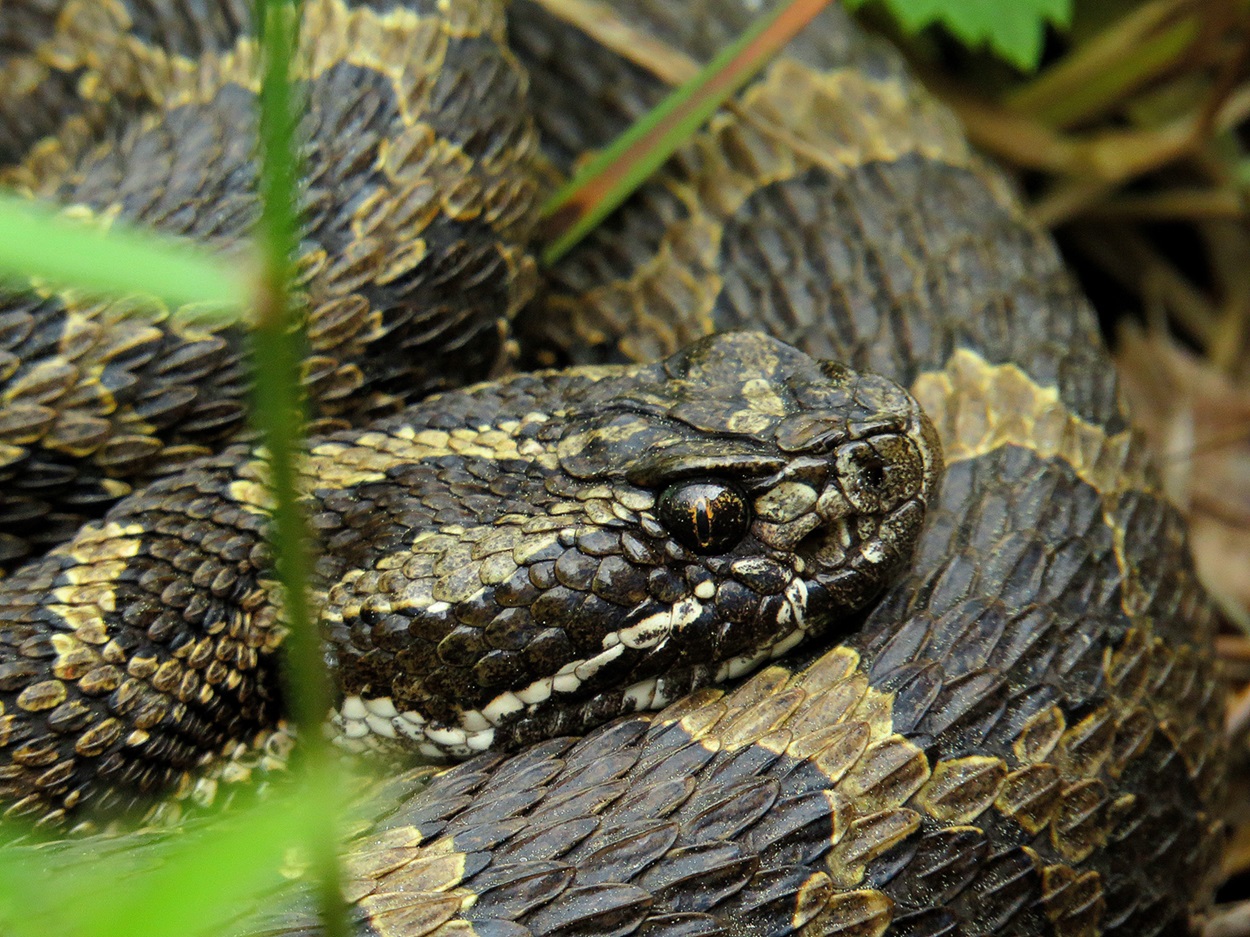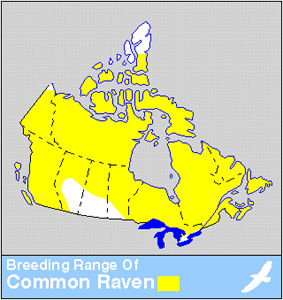Browse "Animals"
-
"https://development.thecanadianencyclopedia.ca/images/tce_placeholder.jpg?v=e9dca980c9bdb3aa11e832e7ea94f5d9" // resources/views/front/categories/view.blade.php
https://development.thecanadianencyclopedia.ca/images/tce_placeholder.jpg?v=e9dca980c9bdb3aa11e832e7ea94f5d9
-
"https://d2ttikhf7xbzbs.cloudfront.net/rat.jpg" // resources/views/front/categories/view.blade.php
https://d2ttikhf7xbzbs.cloudfront.net/rat.jpg
-
Article
Rat Control in Alberta
Rat control in Alberta is administered and co-ordinated by Alberta Agriculture and Food. It was established in 1950 to keep Alberta free of Norway rats (seeRAT), which were introduced to the east coast of North America in 1775
"https://d2ttikhf7xbzbs.cloudfront.net/media/new_article_images/brown_rat.jpg" // resources/views/front/categories/view.blade.php
https://d2ttikhf7xbzbs.cloudfront.net/media/new_article_images/brown_rat.jpg
-
Article
Rattlesnakes in Canada
Rattlesnake is the common name for about 30 species of venomous, viperid snakes in the genera Crotalus and Sistrurus, found from southern Canada to South America. Three species of rattlesnake are found in Canada: the Western rattlesnake (Crotalus oreganous), the prairie rattlesnake (Crotalus viridus) and the Eastern massasauga rattlesnake (Sistrurus catenatus). Another species, the timber rattlesnake (Crotalus horridus), is extirpated, meaning the species no longer exists in the wild in Canada but continues to live in the eastern United States.
"https://d2ttikhf7xbzbs.cloudfront.net/rattlesnake/eastern-massasauga-rattlesnake.jpg" // resources/views/front/categories/view.blade.php
https://d2ttikhf7xbzbs.cloudfront.net/rattlesnake/eastern-massasauga-rattlesnake.jpg
-
Article
Raven
The raven is a large, black bird with a purplish lustre, belonging, like the crow, to the genus Corvus.
"https://d2ttikhf7xbzbs.cloudfront.net/media/media/13503d25-3899-45c6-aa31-c988400d0dad.jpg" // resources/views/front/categories/view.blade.php
https://d2ttikhf7xbzbs.cloudfront.net/media/media/13503d25-3899-45c6-aa31-c988400d0dad.jpg
-
Article
Ray
Description Rays are flattened dorsoventrally, the body appearing disclike. The pectoral fins are attached to the side of the head. The mouth, nostrils and 5 pairs of gill slits are located on the white lower surface. A pair of spiracles occurs on the upper surface behind the eyes.
"https://d2ttikhf7xbzbs.cloudfront.net/media/media/aaf4d826-92aa-43ed-9759-91127c90e8b8.jpg" // resources/views/front/categories/view.blade.php
https://d2ttikhf7xbzbs.cloudfront.net/media/media/aaf4d826-92aa-43ed-9759-91127c90e8b8.jpg
-
"https://development.thecanadianencyclopedia.ca/images/tce_placeholder.jpg?v=e9dca980c9bdb3aa11e832e7ea94f5d9" // resources/views/front/categories/view.blade.php
https://development.thecanadianencyclopedia.ca/images/tce_placeholder.jpg?v=e9dca980c9bdb3aa11e832e7ea94f5d9
-
Article
Reptile
Reptiles are a group of vertebrate animals that, like mammals, produce an amniote egg, with extra-embryonic sacs for waste, yolk, and protection, and often possessing a shell, particularly if released by the female before development of the embryo is completed. DNA analysis has allowed comparison of the genes in common for living organisms and new fossils have augmented our knowledge of the sequence of appearance of many features. Combined, these lines of research have produced changes from classical classification in which birds were regarded as most closely related to mammals primarily because they are both endothermic (able to maintain an internal body temperature). Now it is believed that each evolved this feature independently and that birds are derived from dinosaurs. Today's reptiles represent 2 main lines: Parareptilia or Chelonia (turtles) and Eureptilia or Diapsida, which contains the Lepidosauria (Tuatara, lizards and snakes) and Archosuria (crocodilians and birds).
"https://d2ttikhf7xbzbs.cloudfront.net/media/media/e860f0e5-12f6-4683-a428-98739c60c42a.jpg" // resources/views/front/categories/view.blade.php
https://d2ttikhf7xbzbs.cloudfront.net/media/media/e860f0e5-12f6-4683-a428-98739c60c42a.jpg
-
Article
Rodentia
Rodentia, largest and most common order of mammals, including 29 families, 418 genera and 1793 species. In Canada, 68 of the 163 species of terrestrial mammals are rodents.
"https://development.thecanadianencyclopedia.ca/images/tce_placeholder.jpg?v=e9dca980c9bdb3aa11e832e7ea94f5d9" // resources/views/front/categories/view.blade.php
https://development.thecanadianencyclopedia.ca/images/tce_placeholder.jpg?v=e9dca980c9bdb3aa11e832e7ea94f5d9
-
Article
Sable Island Horses
The wild horses, named for the island they inhabit, are now the only terrestrial mammals on Sable Island aside from the few inhabitants.
"https://d2ttikhf7xbzbs.cloudfront.net/media/media/bb59d32a-9657-4d60-acab-db0e4608fe4f.jpg" // resources/views/front/categories/view.blade.php
https://d2ttikhf7xbzbs.cloudfront.net/media/media/bb59d32a-9657-4d60-acab-db0e4608fe4f.jpg
-
Article
Salamander Species in Canada
Salamanders are tailed amphibians belonging to the order Caudata. There are around 800 known species worldwide; 22 are found in Canada. In addition to these species, the unisexual Ambystoma, a unique lineage of salamanders that does not conform to the typical definition of a species, are also found in Canada. Salamanders mainly live in the temperate regions of the Northern Hemisphere and tropical South and Central America. North America is home to more species of salamanders than anywhere else in the world. In Canada, salamanders are found from the Maritimes to British Columbia, and as far north as central Labrador and northern British Columbia; none have been recorded on the island of Newfoundland.
"https://d2ttikhf7xbzbs.cloudfront.net/media/dreamstime_xl_21249065.jpg" // resources/views/front/categories/view.blade.php
https://d2ttikhf7xbzbs.cloudfront.net/media/dreamstime_xl_21249065.jpg
-
Article
Salish Woolly Dog
The Salish Woolly dog was an important part of Coast Salish life throughout southern Vancouver Island, the Strait of Georgia, and Washington State, as the dogs’ hair was used to weave clothing and blankets. Due to the increased presence of European settlers and their machine-spun sheep wool, the Salish Woolly dog population declined in the 1800s until its extinction around 1900.
"https://d2ttikhf7xbzbs.cloudfront.net/media/new_article_images/Salish-wooly-dog.jpg" // resources/views/front/categories/view.blade.php
https://d2ttikhf7xbzbs.cloudfront.net/media/new_article_images/Salish-wooly-dog.jpg
-
Article
Salmon
The salmon is a family of fish, Salmonidae [Lat salire, "to leap"], with soft fin rays, a short dorsal fin, an adipose (fatty) fin, and teeth in the jaws.
"https://d2ttikhf7xbzbs.cloudfront.net/media/media/35912412-9cef-4ef3-b31e-39c08f537a34.jpg" // resources/views/front/categories/view.blade.php
https://d2ttikhf7xbzbs.cloudfront.net/media/media/35912412-9cef-4ef3-b31e-39c08f537a34.jpg
-
"https://d2ttikhf7xbzbs.cloudfront.net/media/media/db84b082-87bb-42fd-9a57-f102344d71fe.jpg" // resources/views/front/categories/view.blade.php
https://d2ttikhf7xbzbs.cloudfront.net/media/media/db84b082-87bb-42fd-9a57-f102344d71fe.jpg
-
"https://d2ttikhf7xbzbs.cloudfront.net/media/media/8a982aaa-04b3-4292-a95d-8eb1cfc8f79c.jpg" // resources/views/front/categories/view.blade.php
https://d2ttikhf7xbzbs.cloudfront.net/media/media/8a982aaa-04b3-4292-a95d-8eb1cfc8f79c.jpg
